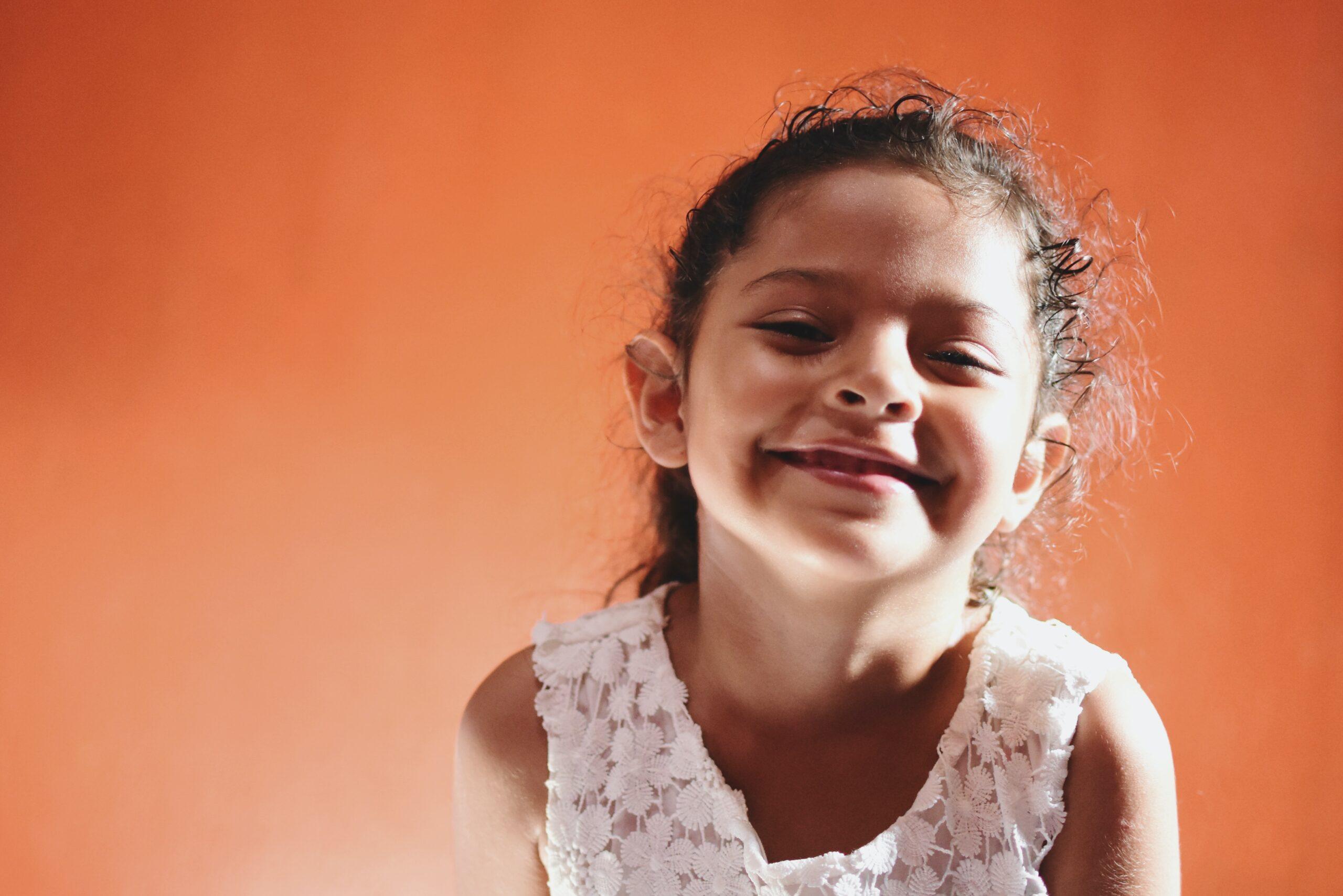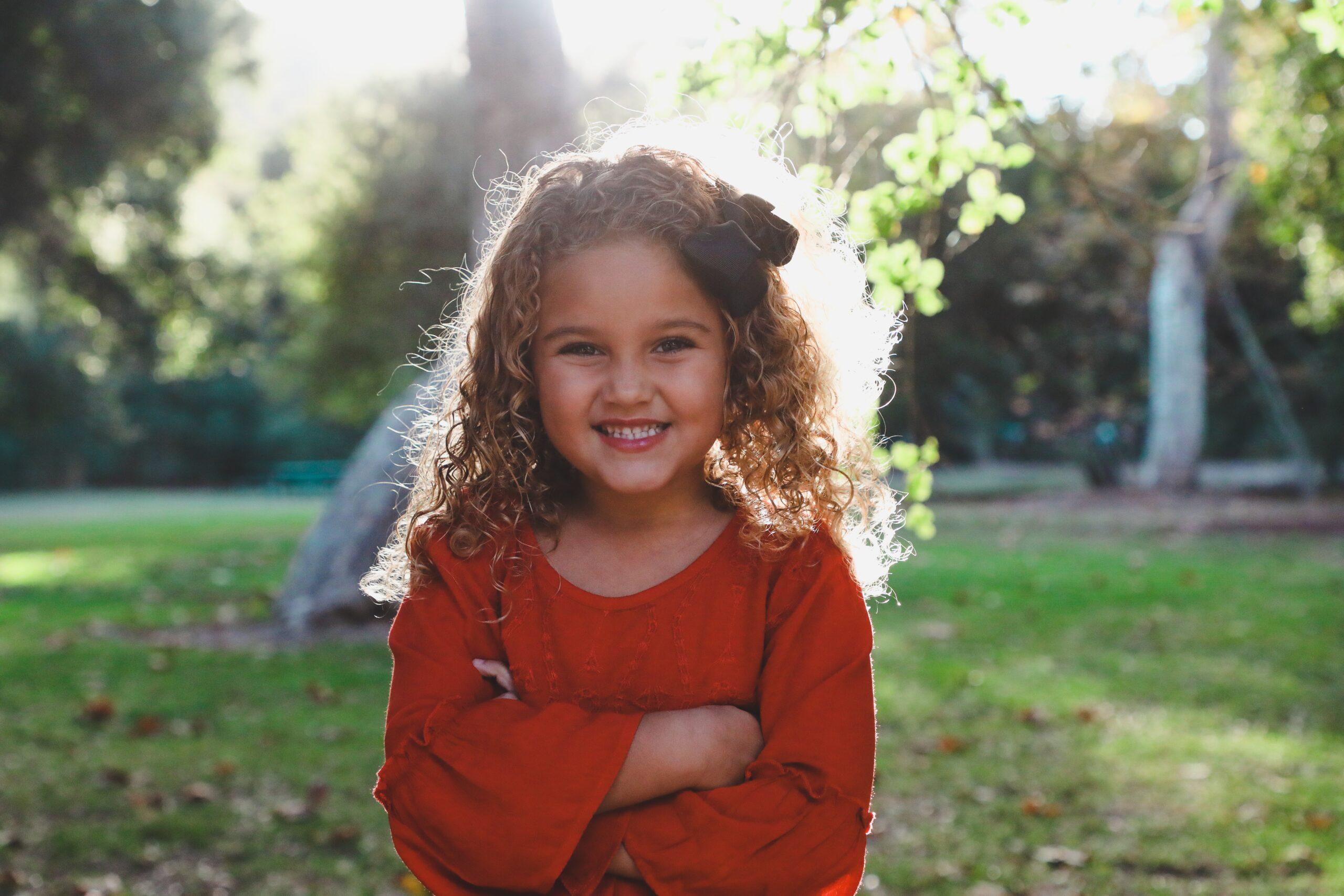Did you have a relative or family friend when you were young who you recall hugged too long or pinched your cheeks too hard? Now think about your own children: Do you ever give them alternatives if they refuse to hug Grandma or kiss Uncle Bill hello?
These are often-overlooked teaching opportunities, as well as chances to empower your children. After all, both circumstances offer simple everyday ways to educate kids about being respectful while empowering them to value the personal space and boundaries of themselves and others.
Boundaries
Boundaries are the limits we set around us. They refer to the ability to monitor your personal space, relationships, behaviors and ideas in a proper and socially acceptable way. Boundaries also include knowing how to differentiate your personal space from that of others.
There is some flexibility with boundaries, which tend to be tailored for particular situations, cultures and relationships. For example, one culture may think sitting with your body touching a stranger on a bus is acceptable; others may not.
Now, returning to those uncomfortable forced kisses and hugs, consider allowing your child to have a choice. If you notice excessive apprehension or hesitation in your child when asked to kiss a relative hello, simply suggest an alternate greeting. Children could vary the greeting with a wave, a high-five slap and eventually blown kisses. Older kids might want to use a handshake or a hug in order to skip a kiss.
This easy method of granting your children a choice gives them power and control. And by empowering your kids, you are providing an important building block for many crucial social skills.
Personal space
A fun way to expand on the teaching of personal space is to have your children stand holding a hula-hoop with one edge of the hoop against their backs. They then will have approximately a foot of space between their stomachs and the opposite curve of the circle in front of them. Explain to your kids that this area is their own space – their “personal space bubble.” They decide who enters it, and everyone has this imaginary space around them.
In the absence of a hula-hoop, children can imagine a bubble around themselves. Reinforce this by having your child draw a picture of his personal space bubble. Ask him who can enter his bubble, which people have to stay out and if there is anyone he wishes would stay in their own bubble but does not. This opens the door for many quality lessons, like good and bad touching. In addition, it can be used to address problem behaviors, such as pushing, shoving, bumping and hitting.
Teachers might find this exercise exceptionally useful for encouraging better behavior when lining up students and during transitional times, showing children they should not push their way to the front of the line and that they should be mindful to not accidentally bump into one another while rushing. Reminding children to respect their classmates’ space bubbles is often all it takes to keep kids, well, in line.
At home, remember to use simple statements geared toward kids’ ages and maturity levels when teaching your children about boundaries and respect. Another playful teaching opportunity is to hug, tickle or kiss your children until they say, “Stop.” Then, you can respect their wishes and talk about how you want them to respect others’ space, too.
Tips to Reinforce Boundaries
Use age-appropriate language.
Young children won’t understand the word “boundary” as easily as understanding a space bubble around themselves.
Model the concept in a playful way.
Try the hula-hoop and tickle examples or make up a teaching exercise of your own.
Expand on the topic with older kids.
Give them plenty of phrases and actions to prevent unwanted intrusions on their personal space.
Discuss good and bad touching.
Let your children know that they can tell you about anyone who comes into their personal space unwanted.
Urge kids to respect other people’s boundaries, or space bubbles, too.
Offer an example to help children understand this concept, such as explaining that they shouldn’t hang on your leg while you try to take a phone call.
Revisit the topic often and whenever you see a real-life teaching opportunity.
The concept of boundaries is best instilled when it’s repeatedly reinforced.


